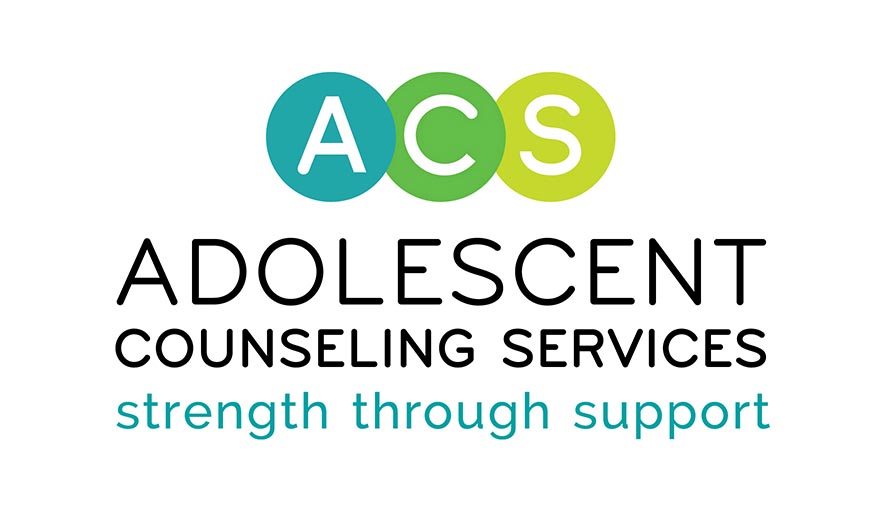
The Impact of Academic Pressure and Stress on Mental Health
Written By: Julia Albro, Clinical Trainee at ACS, On-Campus Counseling Program
ACADEMIC PRESSUREacademic stress are two constructs that heavily apply to the child and adolescent population. They are ones that are not often discussed, with implications that can be physically, emotionally, and mentally harmful for those experiencing them. With the increase in youth’s feelings of hopelessness, sadness, etc. (Abrams, 2023), there is a need for discussing potential precipitating factors to such emotions. In this blog post, you will learn about what academic pressure and academic stress are, their implications, and how to optimize simultaneous mental and academic wellness.
What is academic pressure and academic stress?
Academic pressure and academic stress may sound like they are operationalized in the same way; and, although they are closely related, it is important to distinguish the difference between these two factors. Academic pressure can be defined as the pressure that is placed on students, relative to the learning process, that causes a myriad of – often negative – emotions, including discomfort and tension (Jiang et al., 2022). Contrastingly, academic stress is an emotional state, in which a student places an immense amount of pressure on themself to perform well academically (Zhang et al., 2022). Once defined, the difference between academic pressure and academic stress can be seen. Whereas academic pressure is generated by a student’s parent/guardian, teacher, or other school administrators, academic stress is caused by the pressure students place on themselves. An important note to make is that academic stress is often precipitated by academic pressure; thus, indicating the internalization of consistent necessary success. Though the two constructs are closely related, it is possible that one may not experience both academic pressure, and academic stress. Therefore, if a student is presenting with academic stress, concluding that such worries and emotions developed from academic pressure is inappropriate. On the contrary, if a student reports experiencing great amounts of academic pressure from their parent, guardian, teacher, etc., this does not indicate that they will necessarily feel the stress and need to consistently exceed academic expectations.
What are the implications of academic pressure and academic stress on adolescents?
The pressure and stress that many students experience relative to their academic studies can have serious implications for their mental wellness. First, when placed under academic pressure, students are set to high standards for success and achievement. However, excessive amounts of academic pressure can cause students to not meet the expectations of those who created them (Jiang et al., 2022). Furthermore, when such pressure is applied, it can in turn encourage participation in deviant behaviors (Jiang et al., 2022). Such deviant behaviors can include loneliness, physical aggression, emotional aggression, etc.; and, these behaviors are said to often precipitate emotions of a negative profile (Bhooma & Sokhi, 2019). The emotions being referred to here are ones that can induce symptoms of anxiety and/or depression. Research also shows that the negative emotions/moods generated from academic pressure can lead to suicidal ideation in students enduring such experiences (Bhooma & Sokhi, 2019). Thus, emphasizing the importance of discussing this topic, as it can have physically harmful implications.
When thinking about the stress that stems from academic pressure, it may seem that the purpose is to encourage academic success. However, researchers suggest that academic stress can have the opposite effect of its intended purpose, which is depletion of academic performance (Deng et al., 2022). Additionally, this specific type of stress seems to have a domino effect, where it induces academic burnout, in turn generating depression symptoms (Deng et al., 2022). This again poses the importance of discussing and resolving such a problem, especially within the academically successful driven world we live in today.
How can parents and school administrators promote academic and mental wellness?
Knowing the above information, it is essential to outline techniques that can be used to promote both academic and mental wellness. The CDC suggests the use of The Whole School, Whole Community, Whole Child (WSCC) model (Whole School, Whole Community, Whole Child (WSCC) 2023). The WSCC model consists of ten factors that simultaneously impact students’ overall wellbeing. These ten factors include (Whole School, Whole Community, Whole Child (WSCC) 2023):
- Physical education and activity.
- Proper nutrition and nutrition services.
- Health education.
- Social and emotional environment.
- Physical surroundings.
- Healthcare services.
- Psychological and social services.
- Employee wellness.
- Involvement in the community.
- Family engagement.
Overall, this model suggests that collaboration between family, community, and academic members is essential to the overall well being of students (Whole School, Whole Community, Whole Child (WSCC) 2023). School administrators can aid in the process of forming strong relationships between students and their families, providing various services, and fostering a positive learning environment (How families can support student health and emotional well-being 2022). On the other hand, parents/guardians can become more involved within the school community to gain a better understanding of their students’ experiences (How families can support student health and emotional well-being 2022).
Academic wellness is a construct that is important within the world of youth living in today’s society. However, it is important to recognize the implications that excessive academic pressure and stress can have on student’s, as well as how to foster overall wellness. For more information on how you can better the mental, physical, emotional, and overall health of your student, visit the references below. Together, we can make the academic space one that is not frightening, but instead is encouraging for growth, strength, and of course, wellness.
___________________________
References
Abrams, Z. (2023, January 1). Kids’ mental health is in crisis. Here’s what psychologists are doing to help. Monitor on Psychology, 54(1). https://www.apa.org/monitor/2023/01/trends-improving-youth-mental-health
Bhooma, K., Sokhi, R. K. (2019). Impact of academic stress on the behavior of the adolescents: A review. The International Journal of Indian Psychology, 7(1). DOI: 10.25215/0701.081
Centers for Disease Control and Prevention. (2022, July 6). How families can support student health and emotional well-being. Centers for Disease Control and Prevention. https://www.cdc.gov/healthyschools/families_tip_sheet.htm
Centers for Disease Control and Prevention. (2023, February 9). Whole School, whole community, Whole child (wscc). Centers for Disease Control and Prevention. https://www.cdc.gov/healthyschools/wscc/index.htm
Deng, Y., Cherian, J., Un Nisa Khan, N., Kumari, K., Safdar Sial, M., comite, U., Gavurove, B., Popp, J. (2022). Family and academic stress and their impact on students’ depression level and academic performance. Frontiers in Psychiatry, 13, https://doi.org/10.3389/fpsyt.2022.869337
Jiang, M., Gao, K., Wu, Z., Guo, P. (2022). The influence of academic pressure on adolescents’ problem behavior: Chain mediating effects of self control, parent-child conflict, and subjective well-being. Frontiers in Psychology, doi: 10.3389/fpsyg.2022.954330
Zhang, X., Gao, F., Kang, Z., Zhou, H., Zhang, J., Li, Y., … & Liu. B. (2022). Perceived academic stress and depression: The mediation role of mobile phone addiction and sleep quality. Frontiers in Public Health, doi: 10.3389/fpubh.2022.760387
